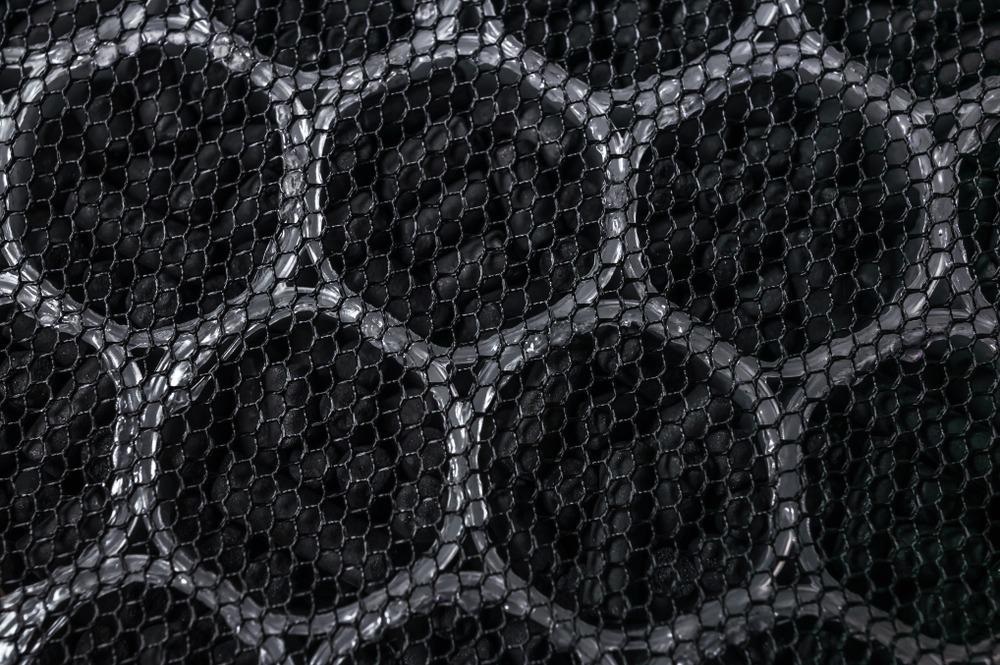The construction of carbon-based nanostructures defined by various numerical parameters to alter the structural features is presented in the study published in the journal Carbon.

Study: The design of strongly bonded nanoarchitected carbon materials for high specific strength and modulus. Image Credit: andriano.cz/Shutterstock.com
Lightweight composites with relatively high strength and stiffness are considered highly important to guarantee energy efficiency in numerous weight-dependent fields, including aviation, construction, sporting goods development, and wind energy production, to name a few.
The density scaling equations (SEs) for the strength (σ) and elastic modulus of cellular materials (CMs), are derivatives of various mechanical tests. These SEs offer great insight when designing materials.
Where There is a Will, There is Carbon
In contrast to light ceramics or metals, CMs containing carbon allotropes are considered superior due to their less dense profile and remarkable mechanical characteristics. These materials also offer the benefit of ease of availability. These advantages make carbon-based CMs extremely enticing for diverse large-scale uses.
Carbon-based CMs are often made up of graphene, carbon nanotubes (CNTs), and pyrolytic carbon, and are formed in various shapes and sizes. The mechanics of these materials depend primarily on the material's structural properties.
If two materials have identical structural properties, the fundamental mechanics of the two materials would be similar, irrespective of their material composition.
Things to Consider About Carbon
Although the mechanics and SEs of carbon CMs have been extensively studied in the last decade, not enough research has been carried out to explicitly deduce how to increase their structural efficacy, particularly for hierarchical structures. For instance, while trying to design a nano-carbon composite for compression-based loading, the effects of the composite's intrinsic geometric properties such as strut length, diameter, and overall density have not been researched.
These features provide important information on how to enhance the structural efficacy by attaining extra strength with very little increase in density. Identifying such relationships is essential for long-term carbon-based CM design, as they can provide knowledge on how to build superior composites with better SEs.
Update the Variables, Update the Structure
In this study, parametric modeling was utilized to directly generate hierarchical carbon-based nanostructures with structural properties determined by a set of numerical variables. To examine the mechanics and SEs of the created networks, the multi-scale molecular dynamics (MD) simulation was used. Additional details were supplied on how to enhance the SEs of carbon-based cellular networks by modifying the general topology and adjusting the shape of their structural components. This modification would ensure tightly bound contacts and the removal of flaws, offering valuable design insight along the way.
Results of the Study
The team explored the mechanics and SEs of 3D carbon-based CMs in their study. Large-scale CNT and graphene networks were built and their mechanical properties were modeled under tensile and compressive loading. The team discovered that the graphene network's elastic modulus and tensile strength are mostly correlated with its density; however, the compressive strength is linked closely to the aspect ratio (AR) of its component struts.
The team also observed that given a density and a topology, certain promising characteristics, such as a greater AR, higher surface smoothness, and shell buckling as the main failure mode, established a stronger network capable of withstanding higher compression-based loading. Furthermore, it was noted that establishing a stiffer topology, firmly bounded contacts, and excellent structural stability at numerous scales would considerably enhance the mechanics of the carbon network. This study provided insight into fundamental design concepts to produce high-quality carbon-based CMs.
Reference
Liu, S., Duan, K., Feng, J., Li, L., Wang, X., Hu, Y., & Qin, Z. (2022). The design of strongly bonded nanoarchitected carbon materials for high specific strength and modulus. Carbon. Available at: https://www.sciencedirect.com/science/article/pii/S0008622322002470?via%3Dihub
Disclaimer: The views expressed here are those of the author expressed in their private capacity and do not necessarily represent the views of AZoM.com Limited T/A AZoNetwork the owner and operator of this website. This disclaimer forms part of the Terms and conditions of use of this website.